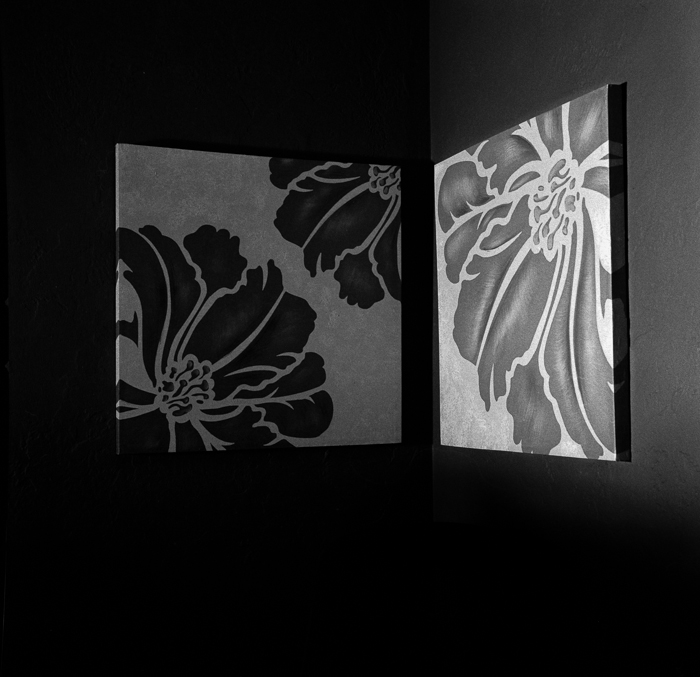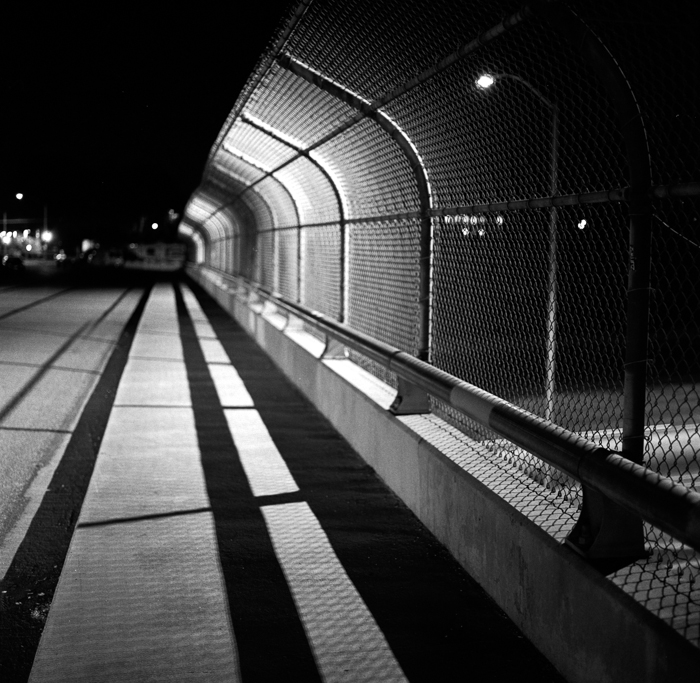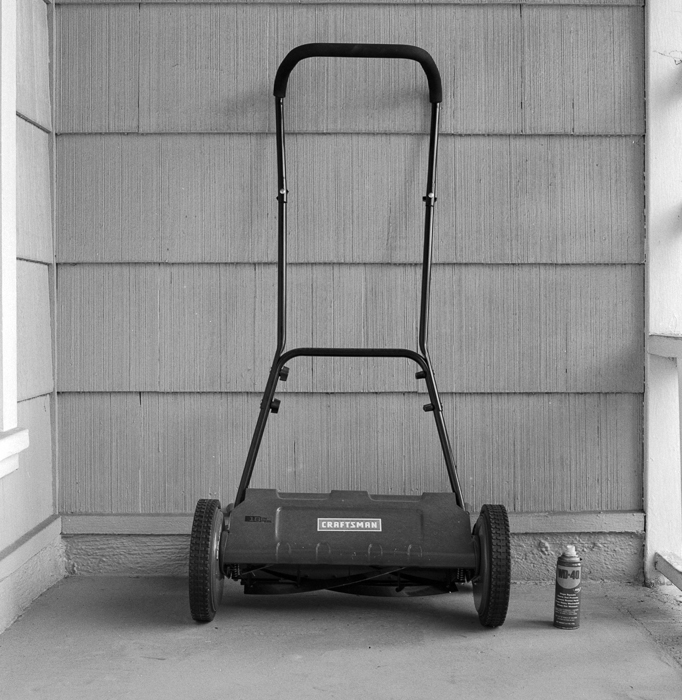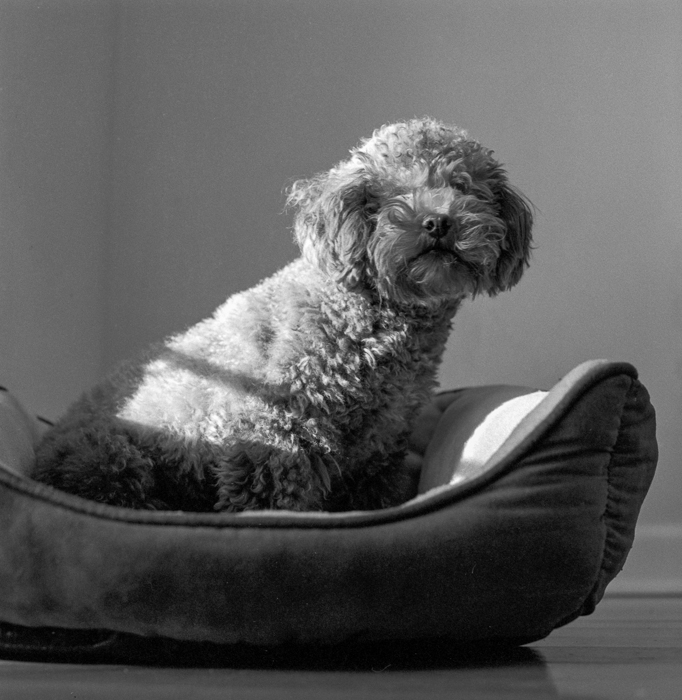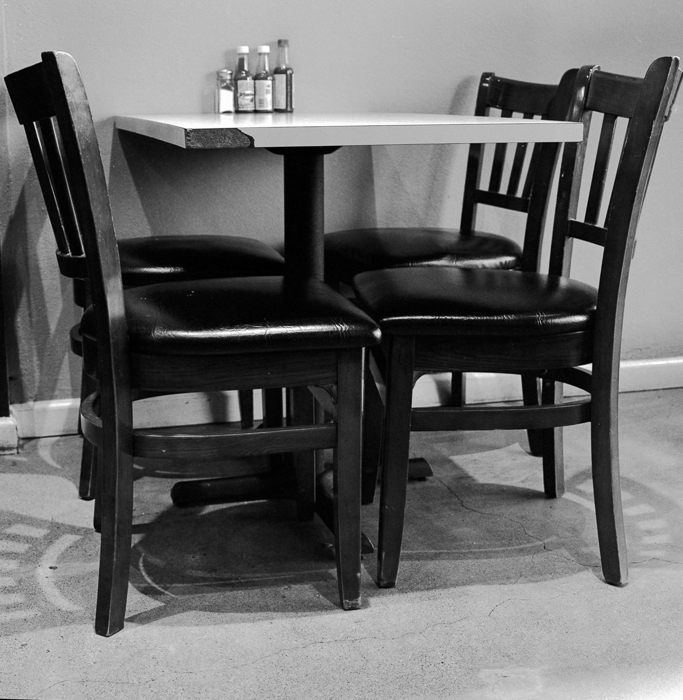I haven’t had any expeditions recently as I’ve been focusing on work, but here are some relatively recent images.
This one was taken a few months ago with my RB67 and Portra 400 film, but I only just got the film developed.
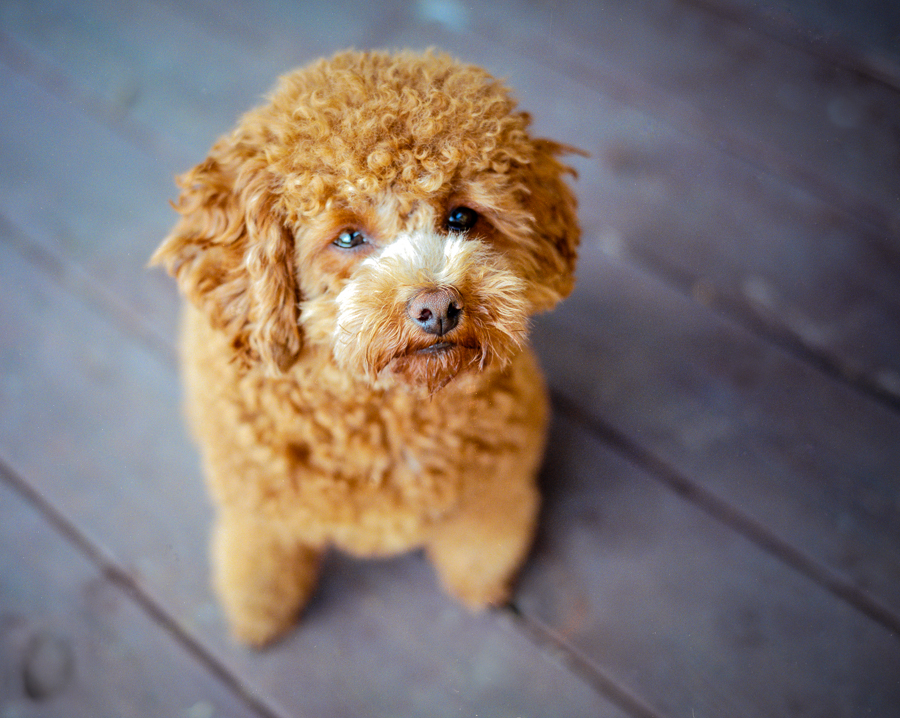
This one is a Leica 35mm photo, again with Portra 400. When you overexpose Portra, it creates pastel tones that can be really lovely. This is something I learned from a delightful blog by Johnny Patience. Film is amazing. With digital, you have to nail the exposure because sensors have a linear response to light and it’s easy to fall off either end. Attempts to recover an underexposed or overexposed shot are invariably unsatisfying — muddy shadows and unrecoverable blown highlights. With film’s sigmoidal response to light, you can underexpose some brands by a couple of stops, or overexpose by six or more stops, and the image will be fine. In fact, you do it deliberately to get different looks. I deliberately overexpose Portra by two stops, and I now scan color negatives myself instead of ordering scans from the developer so I can control the result a little better.
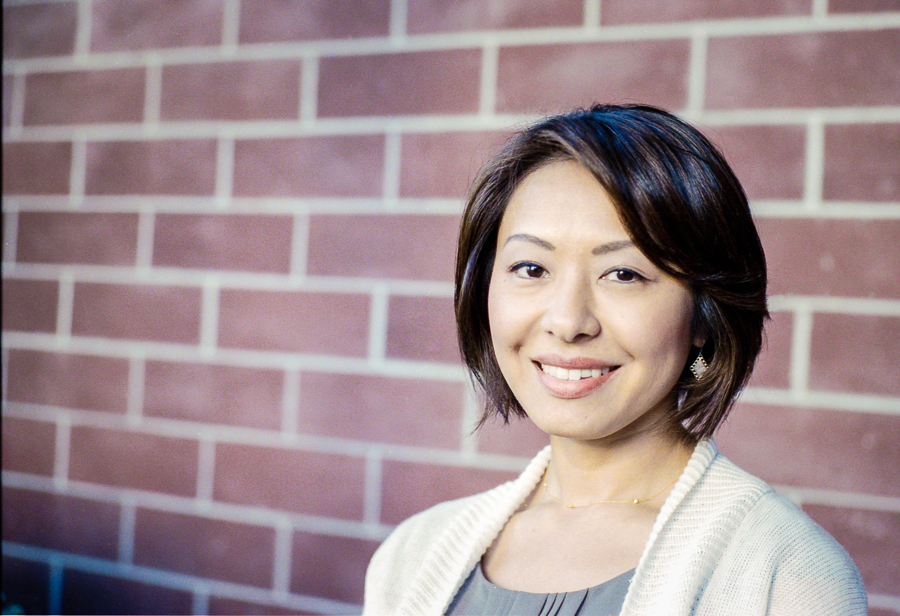
Here’s another example of overexposed Portra. It’s from a roll I took during the San Francisco Pride event earlier this year. Sometime, I’ll add more photos to my earlier post on the event.
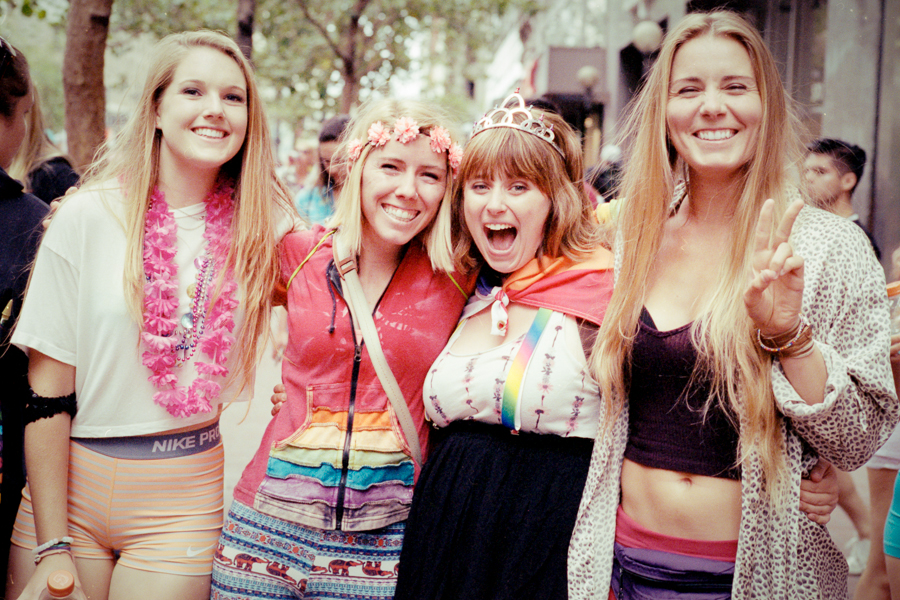
And these are digital, from a photoshoot of Eri who wanted some social media headshots.
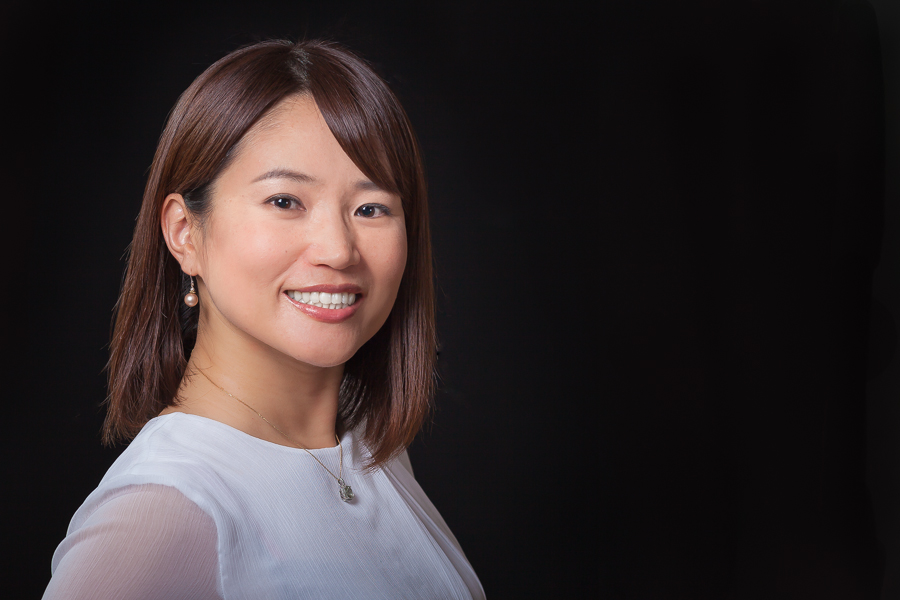

I need to get better at controlling skin tones when using color. It’s the hardest thing. I think that means I have an Xrite ‘passport’ tool on my Christmas list. The other thing I need to work on is getting the depth of field and focus-point right. That means slowing down, looking up depth-of-field tables, and then where possible measuring distances to the camera.
Read more













